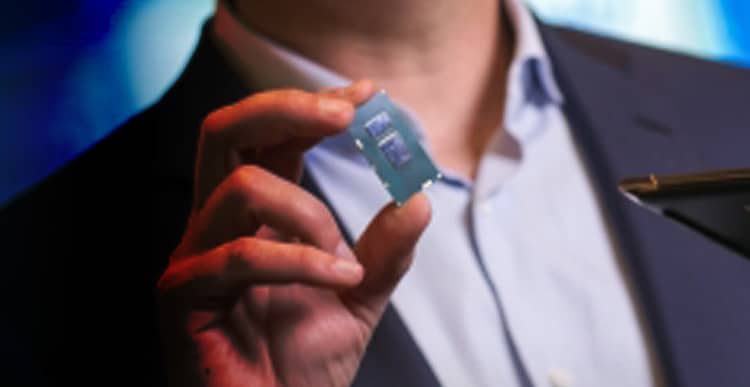These days, much of the discussion surrounding microcontrollers focuses on whether to use an 8-bit or a 32-bit chip, with 8 bits generally reserved for simpler devices that do not need as much processing power. There is still a place for the 16-bit controller, despite some who have declared the technology outdated and unnecessary.
8-bit, 16-bit and 32-bit: An overview
Before discussing the advantages of a 16-bit microcontroller, it is useful to understand the primary differences between the three most common sizes.
In the simplest terms, the number of bits refers to the maximum amount of data that can be transferred between two registers in the computer’s memory at one time. Think of it as a highway where a one-lane road can allow one car to pass through at a time and a six-lane freeway allows up to six cars to pass at a time. Therefore, in microchips, the more “bits” there are, the wider the busses and the more data that can be transferred at once.
An increase is obviously amounting to the data that can be transferred. It means the more powerful the chip, the faster the performance of the device. In fact, most computers and advanced devices operate using 64-bit chips to deliver powerful performance out of the box. This correlates to some extent with Moore’s Law, which states that the number of transistors in any integrated circuit will double every two years. This law essentially rendered 4-bit microchips useless with the development of the 8-bit chip, and the 16-bit chip was developed as a replacement to the 8-bit, and so on.
However, even with the development of the 32-bit chip, the question is still between 8-bit vs. 16-bit — without any consideration of a more powerful chip. That is because the 16-bit chip still offers some significant advantages that cannot be overlooked.
Why 16-bits still matters
One of the reasons why some engineers have declared the 16-bit chip “dead” is that in most applications, it is possible to maximise the power and efficiency of the device without increasing the cost substantially by moving straight to the 32-bit chip from the 8-bit. But still, 16-bit processors still have some advantages.
Cost
While 16-bit processors are slightly more expensive than 8-bit, they are much less expensive than 32-bit processors. This is due to their physical size, which is smaller than the 32-bit, and the fact that they require much less memory and more memory = higher costs.
Size
Again, a 16-bit chip is smaller than a 32-bit chip. When working with embedded designs in tight spaces, this is a significant consideration.
Processing Speed
A 16-bit chip is always faster than an 8-bit chip, but a 32-bit processor has the potential to be the fastest in the series. In many cases, to take advantage of the faster speeds offered by a larger chip, other factors must be in place such as a specific operating system and adequate physical memory available.
Memory
Like the speed, 16-bits offers more RAM than 8-bits but not as many as 32-bits. However, most microchips provide similar amounts of flash memory, so in most embedded applications, 6-bits is adequate.
Power Consumption
Microcontrollers based on 16-bit architecture consumes significantly less power than larger chips. When you are talking about devices that run on batteries or need to limit power consumption (like most IoT devices), it is important to choose a processor that offers an adequate amount of processing capabilities, but that does not use too much power. Chips with 16-bit technology generally fit the bill.
Choosing the right microchip for your embedded project is an important decision. It can make all the difference between a device that works as it should without difficulty, while still maintaining adequate power and efficiency. A 16-bit microcontroller may not be the right for all projects — they tend to be ill-suited for devices that manage multimedia files, including JPEGs and MPEGs. But it is a considerable option for a wide range of embedded technology and IoT devices.
As you compare your options, you cannot automatically rule out the mid-level chip in favor of one with more bits as you could be disappointed.











































































Hi guys are you looking for how to apply for driving license lost driving licence
. Here we are providing about how to apply for driving license how to pass driving testand some useful info which helps you to get it easily